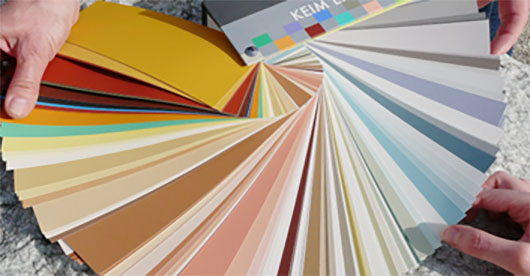History of KEIM
THE STORY OF A GROUNDBREAKING IDEA
In the early stages of developing KEIM’s mineral paints, three prominent individuals played a key role: Johann Wolfgang von Goethe, King Ludwig I of Bavaria, and the craftsman and researcher Adolf Wilhelm Keim, the inventor of this paint. Keim patented his silicate paints in 1878, which are based on the proper mixture of liquid potassium silicate (water glass) and inorganic color pigments. The result is an unparalleled paint known for its quality, durability, protection, and lightfastness.
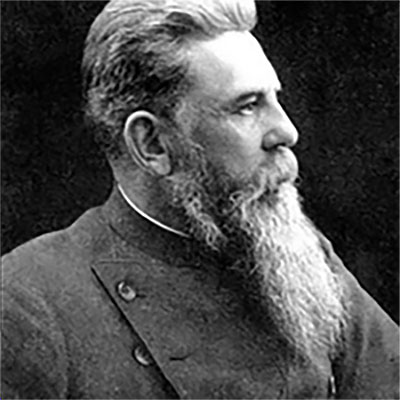
Adolf Wilhelm Keim
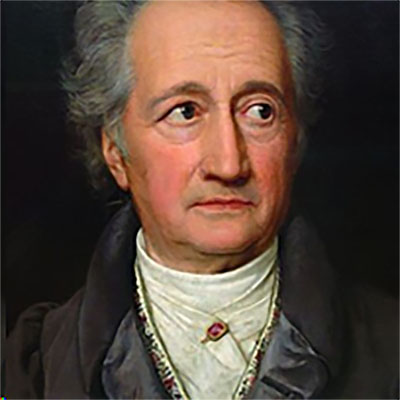
Johann Wolfgang von Goethe

King Ludwig I of Bavaria
Original paintwork from the last century still exists today. Facades in Switzerland, for example, the “Weißer Adler” inn in Stein am Rhein or the town hall in Schwyz (1891), Oslo (1895), or Traunstein (1891), are impressive examples.
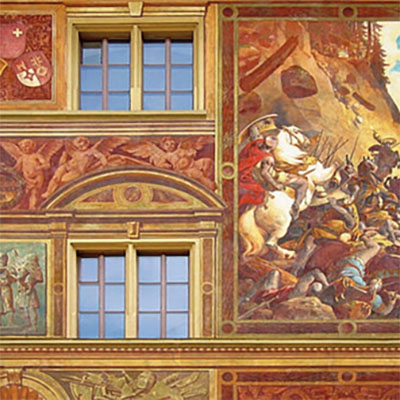
Town hall of Schwyz in Switzerland, painted in 1891
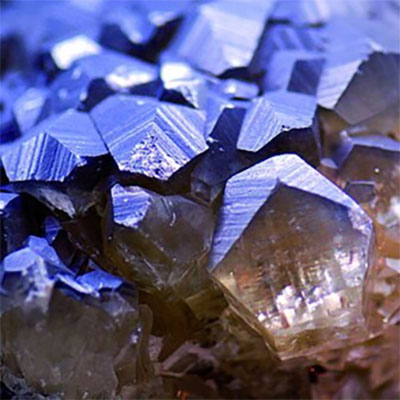
The binding agent for KEIM’s mineral paints, liquid potassium silicate, was known as “liquor silicon” in the Middle Ages. However, there needed to be better production and application options. In 1768, Johann Wolfgang von Goethe had high hopes for his experiments with water glass. In the 8th book of “Poetry and Truth,” he wrote: “What occupied me most for a while was the so-called liquor silicon, which is created when pure quartz pebbles are melted with a large amount of alkali, from which a transparent glass emerges, which melts in the air and forms a beautiful, clear liquid (…).”
However, Goethe’s ideas were never put into practice. The trigger for Adolf Wilhelm Keim’s intensive research work was King Ludwig I of Bavaria. The art-loving monarch was so enthusiastic about the colorful lime frescoes of northern Italy that he wanted to see these works of art in his kingdom of Bavaria. But the weather north of the Alps, known to be much harsher, destroyed the paintings quickly. So, he commissioned Bavarian scientists to develop a color that looked like lime but would last longer.
The convincing solution to this problem was KEIM’s mineral paints. The groundbreaking aspect of Adolf Keim’s invention is the combination of paint with masonry. The classic KEIM mineral paint consolidated and expanded its position as the leading mineral paint in facade design through consistent further development of favorable product properties and targeted adaptation to the various types of substrates.
Amidst the pressing environmental issues of our time, the demand for eco-friendly, durable, and high-quality paints has surged. This demand has been met by an extensive mineral product range, aligning with the current environmental concerns. In essence, a perpetually innovative concept prevails.

An old advertising sign for KEIM silicate paints

TECHNICAL NOTES FOR PAINTING
Adolf Wilhelm Keim (1851-1913) is not only known for the mineral paints named after him, which are still manufactured by KEIM today. In 1884, he founded the “Technical Bulletin for Painting” to provide information about commercially available paints and varnishes and clarify paint industry grievances. Today, the “Technical Bulletin for Painting” is one of the most essential sources of art technology and restoration history. It is available for research online.
MILESTONES IN SILICATE TECHNOLOGY
KEIM Purkristalat 1878
The first practical pure silicate paint.
In 1878, AW Keim developed the first practical silicate paint. It consists of a powder component with mineral color pigments and fillers and a liquid component, the binding agent potassium water glass.

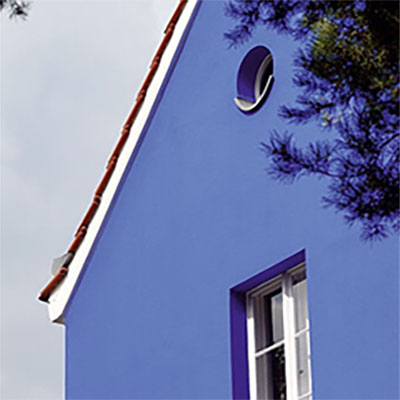
KEIM Granital 1962
Invention of the one-component dispersion silicate paint.
The second generation of silicate paint, KEIM Granital, followed in 1962. The one-component, ready-to-use “dispersion silicate paint” is easier and safer to handle.
KEIM Soldalit 2002
Universal sol-silicate paint - suitable for all surfaces.
In 2002, the development of “sol-silicate paint” revolutionized the facade market. Based on an entirely new binding agent principle, it can be used on almost all common substrates.
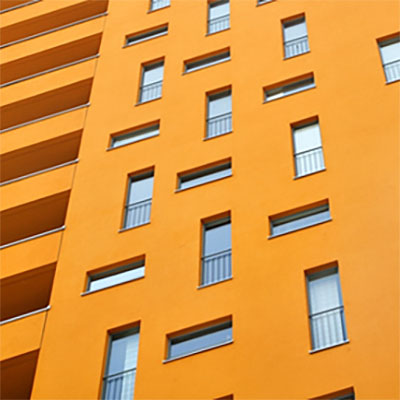
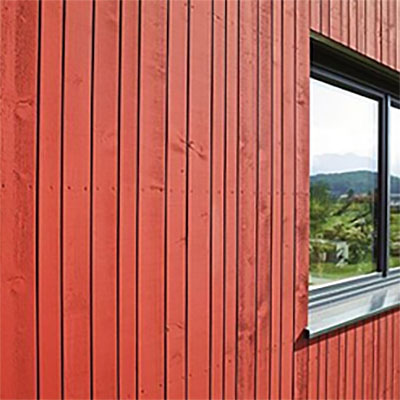
KEIM Lignosil 2013
Mineral protection for wooden surfaces. A milestone!
After extensive development and practical testing, KEIM Lignosil, the world’s first mineral composite coating for wood weather protection, was introduced to the market in 2013.
KEIM PPF Technology 2019
Opening of the first local paint workshops.
Ten years of development went into the KEIM Pigment Powder Fluids (PPF), which revolutionized the KEIM-specific powder tinting process in 2019. The fluidized powder pigments enable decentralized tinting via the “KEIM Local Color Workshops” for the first time. What’s special: The unique KEIM color quality and lightfast criteria remain absolutely unchanged!




